Are you tired of my stories? Seems like there always IS one to go along with most of my recipes. This soup is no exception.
The date was probably the early 1990s. My DH (Dear Husband), Dave, and I had been to England (we loved to travel the narrow roads of the countryside – we went there about 8 times and did just that). Once home I was making an effort to prepare more soups – because when we’d stayed with our good friends, Pamela and Jimmy, Pam had served a cold soup course for one of our prodigious meals we had there.
Not that I was planning to serve a soup course with our meals – usually that was just too much food – but on that trip we’d enjoyed soups in many places. And I had vowed to make more. Pamela had served us a cold soup (a cold green pea soup that’s already here on my blog) and my aim was to find some more cold soups to try. I made several over the period of a few weeks, but wasn’t enamored with any of them, particularly. I’d sent a thank you letter to her/them, and in it I asked for more recipes. This was back in the days when all we could do was snail mail, over the pond.
If you haven’t been reading my blog for very long, or you could have forgotten, but these friends, Pamela and Jimmy – we met them in a pub in Ilminster, Somerset, on our very first trip to England together (1981). I’ve told the story before, relating how Pamela introduced me to the art and precision of making a British pot of tea. Each time we visited, Pamela outdid herself preparing a sumptuous meal or two. Often we took them out for a very nice dinner somewhere too. Pamela was a professional cook. She didn’t go to culinary school, but after some early years in the RAF women’s corp, she stayed home to raise hers and Jimmy’s children, and then eventually took a job working for a young, but wealthy couple who owned a very large and lovely manor house some miles away. Pamela cooked for them 2-4 days a week, preparing meals they could reheat on other nights when she wasn’t there. She did all the cooking when they entertained, and especially when they had hunting parties. She regaled us with interesting stories about all of that. One year Dave and I got a tour of the manor house when the owners were away (on the Continent, you see). It was pretty gorgeous, including the Laura Ashley-decorated bedrooms. At the time, Laura Ashley was just the “in” thing, and this house had it in spades. The home was filled with incredible artwork spanning many generations of the family. And it had a dining room table that would seat easily about 24 with no problem whatsoever.
Anyway, back to my story, I’d sent the note to Pamela about more recipes for cold soups. Some months went by, and then I got a lovely envelope chock full longhand recipes, not written in a recipe format. I think she sent me about five, and 3 of them were for a cold watercress soup. Whatever was going on in my life right then, I set the pages aside and they were eventually filed in my pocket folder for SOUPS. And I promptly forgot about them. How rude of me!!
It’s now 20+ years later, and as I mentioned lately, I’ve been working on weeding through all of my old recipe clippings, etc. I’m done with the project now – thank goodness – it was a huge job. I threw out about 95% of them. Out went all the cheesecake recipes (it’s not at the top of my list; it was Dave’s favorite – he probably shed a tear as I tossed them in the trash – but hey, he’s in heaven and enjoying cheesecake every day). Out went nearly all the beet recipes – too much trouble. Out went most of the labor intensive recipes I used to think would be fun. And when I got to the SOUPS folder, there were Pam’s recipes. Oh my goodness. Pam and Jimmy are both gone now, so I can’t call to tell her that I really did appreciate her sending me the recipe, oh so long ago.
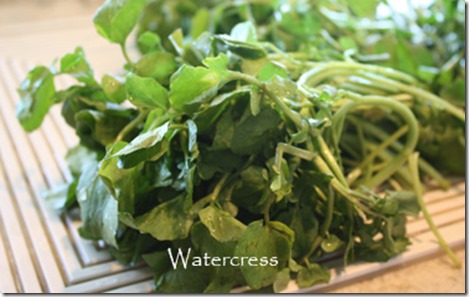 So here I am, making the soup that Pamela designated as her “favorite” watercress soup. She didn’t say why it was her favorite one – maybe because of the texture – silky – or because it was good either hot or cold. I bought good, fat bunches of watercress – I will only buy the real, full-grown stuff – not the ones that are very young leaves with a root ball. The flavors haven’t developed at all in that variety. One of my local markets almost always has watercress.
So here I am, making the soup that Pamela designated as her “favorite” watercress soup. She didn’t say why it was her favorite one – maybe because of the texture – silky – or because it was good either hot or cold. I bought good, fat bunches of watercress – I will only buy the real, full-grown stuff – not the ones that are very young leaves with a root ball. The flavors haven’t developed at all in that variety. One of my local markets almost always has watercress.
First I sweated some leeks and onion, then added one potato, chicken broth (or you could use vegetable broth), the watercress tops (not the thick stems) and cooked with a lid on, until the potatoes were tender. I added milk and half and half although the recipe indicated using milk alone. Salt and pepper were added and I whizzed this up in my Vitamix blender, which gave it the smoothest, silky texture. I couldn’t wait to dig my spoon into it so I had a small bowl of it for lunch. Thank you, Pamela, for this old recipe.
What’s GOOD: the watercress flavor is subtle. By that I don’t mean that it was unidentifiable. It was watercress soup for sure, and it had the most wonderful texture, which is why I’ve renamed this soup as Silky Watercress Soup. It is similar in consistency to vichyssoise, but not as thick, by a long shot. It’s probably the one potato in it; and probably the power of my Vitamix blender. The soup can be diluted a bit more with milk if desired. It could be a main dish soup (probably to serve 3) or a smaller bowl to serve 6, along with a half sandwich or a salad. Just don’t overpower the delicacy of the soup with a strong flavored side dish. A winner of a recipe, and I’m so grateful I ran across this old recipe. More to come.
What’s NOT: gee, not a thing.
printer-friendly PDF and MasterCook 15/16 file (click link to open recipe)
* Exported from MasterCook *
Silky Watercress Soup
Recipe By: From my English friend, Pamela James
Serving Size: 5
1 1/2 ounces butter
2 large leeks — cleaned, thinly sliced
1 large onion — chopped
8 ounces potato — peeled, diced
2 bunches watercress — about 4-5 cups, chopped
2 cups low sodium chicken broth
2 cups milk — or use some half and half
salt and pepper to taste
croutons for garnish
1. Melt butter in large saute pan; add leeks and onions; cook for 5 minutes without browning. Add potato and cook for 3 minutes.
2. Remove larger stalks from the watercress and roughly chop leaves. Add to pan with stock and salt and pepper.
3. Bring to a boil, cover and simmer for 30 minutes.
4. Sieve mixture or puree in a blender until smooth.
5. Stir in milk; heat until it’s just below a simmer. Pour into bowls and garnish with a little swirl of cream and croutons.
6. May be served hot or chilled (chill for several hours).
Per Serving: 208 Calories; 10g Fat (43.5% calories from fat); 10g Protein; 21g Carbohydrate; 2g Dietary Fiber; 32mg Cholesterol; 341mg Sodium.





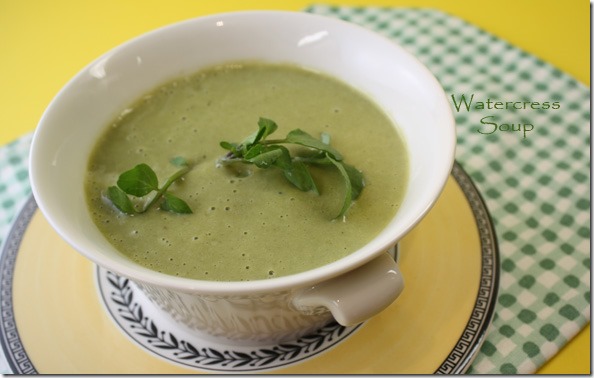

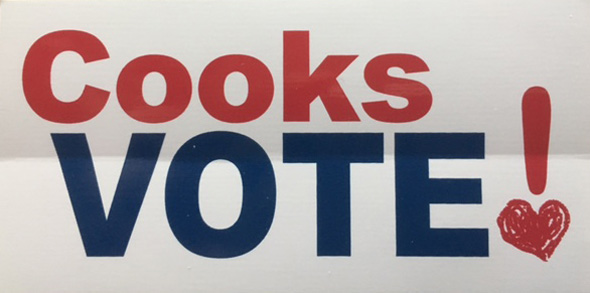
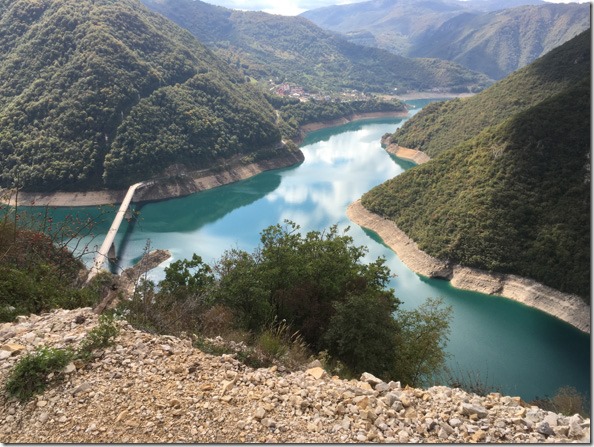
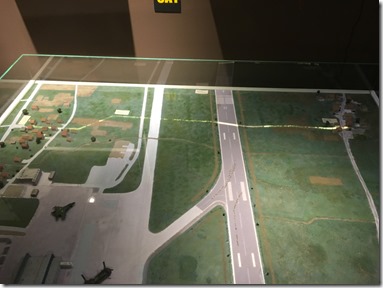
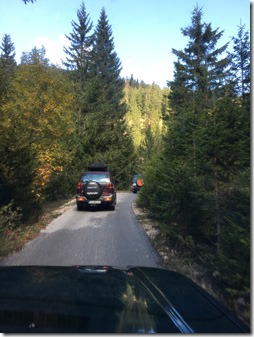
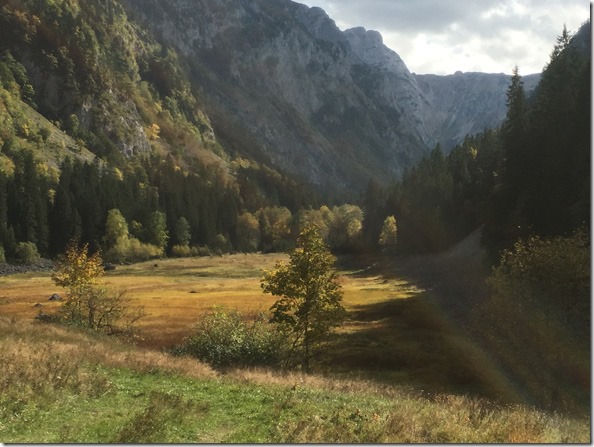
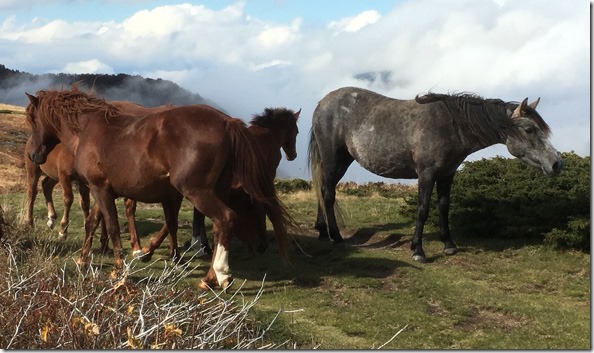
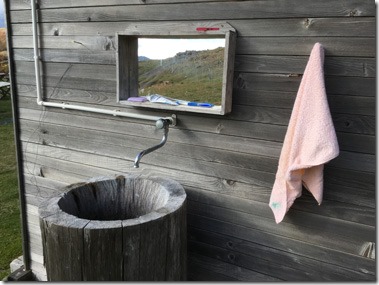
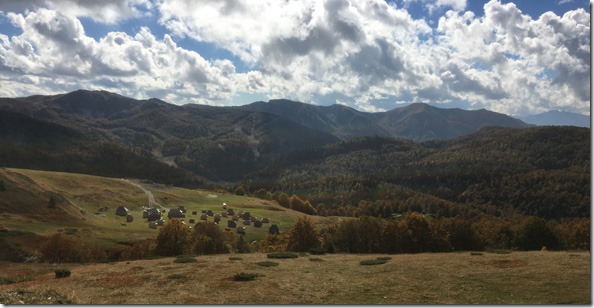
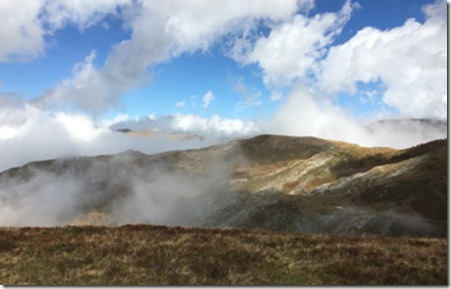
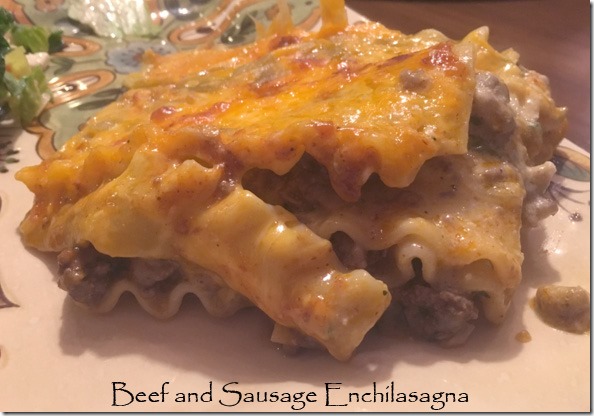
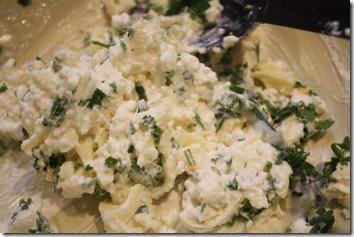
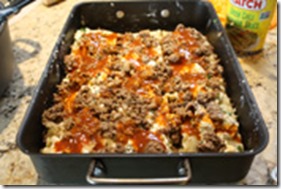
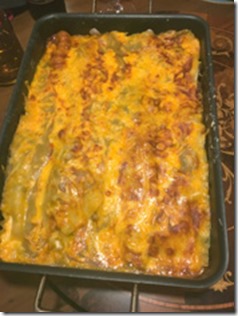
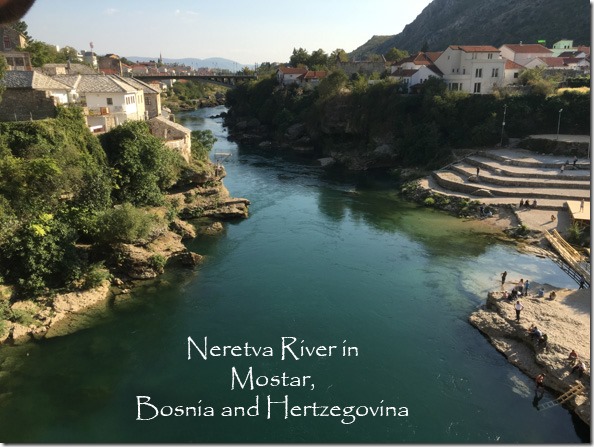
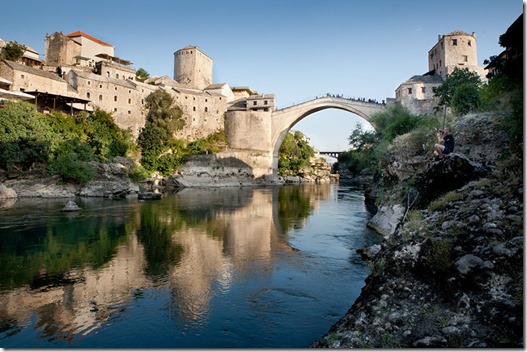
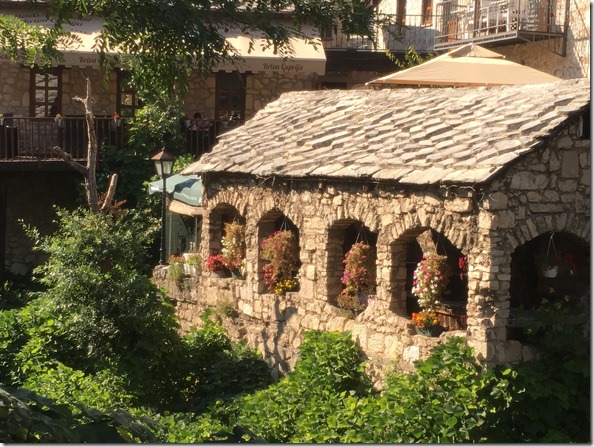
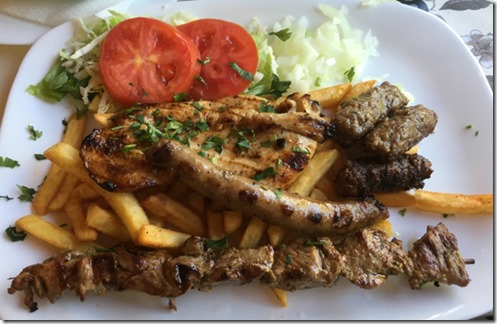
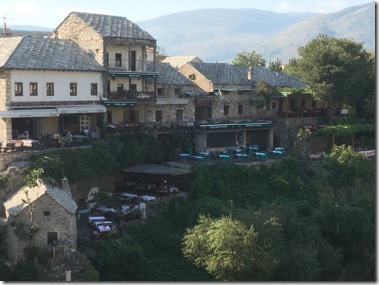
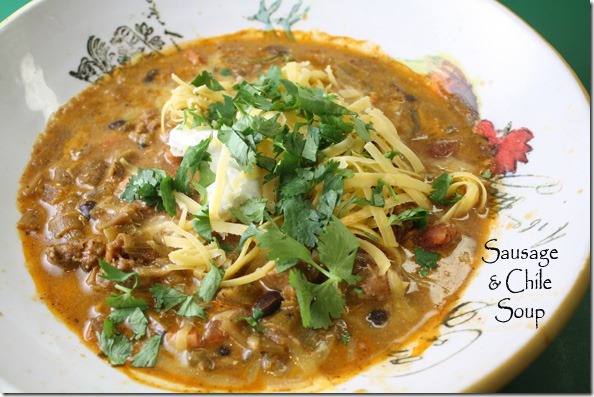
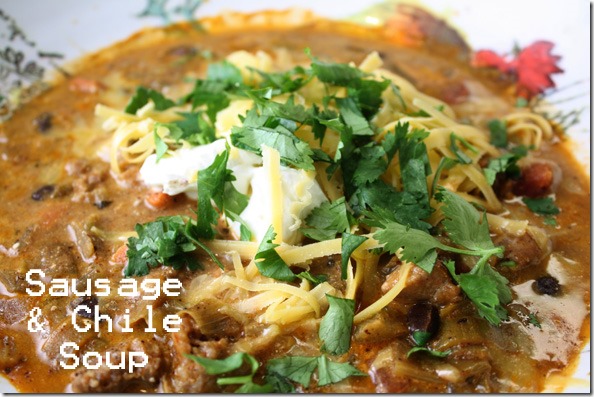
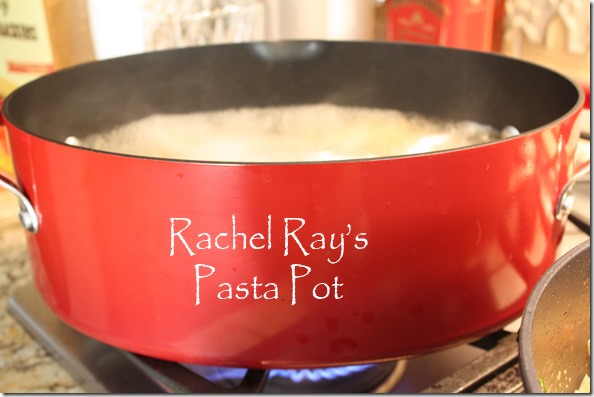
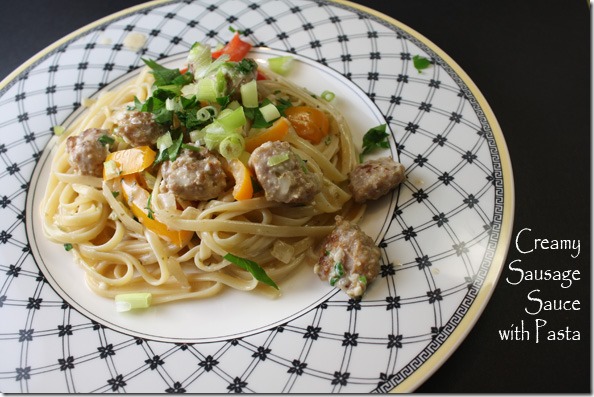

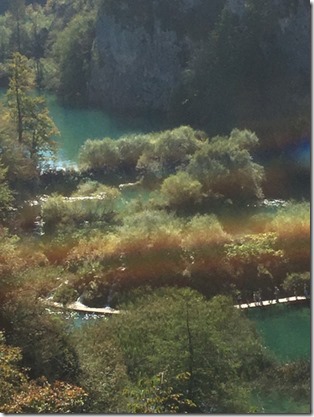 Plitvice Lakes National Park
Plitvice Lakes National Park

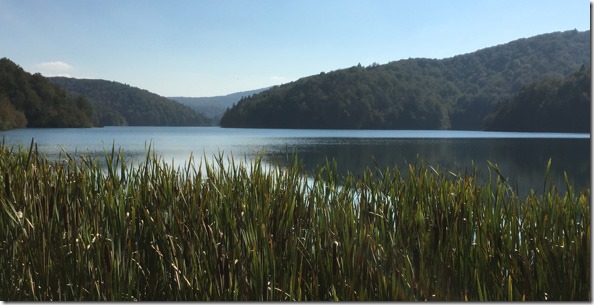
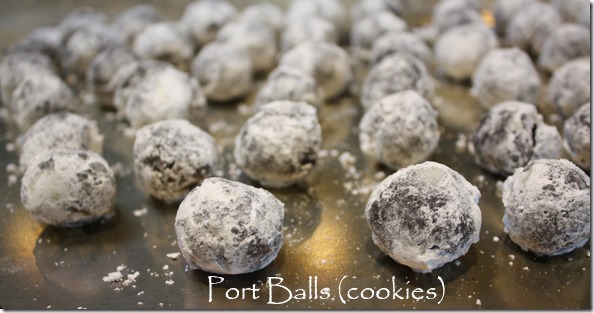
Leave a Comment!